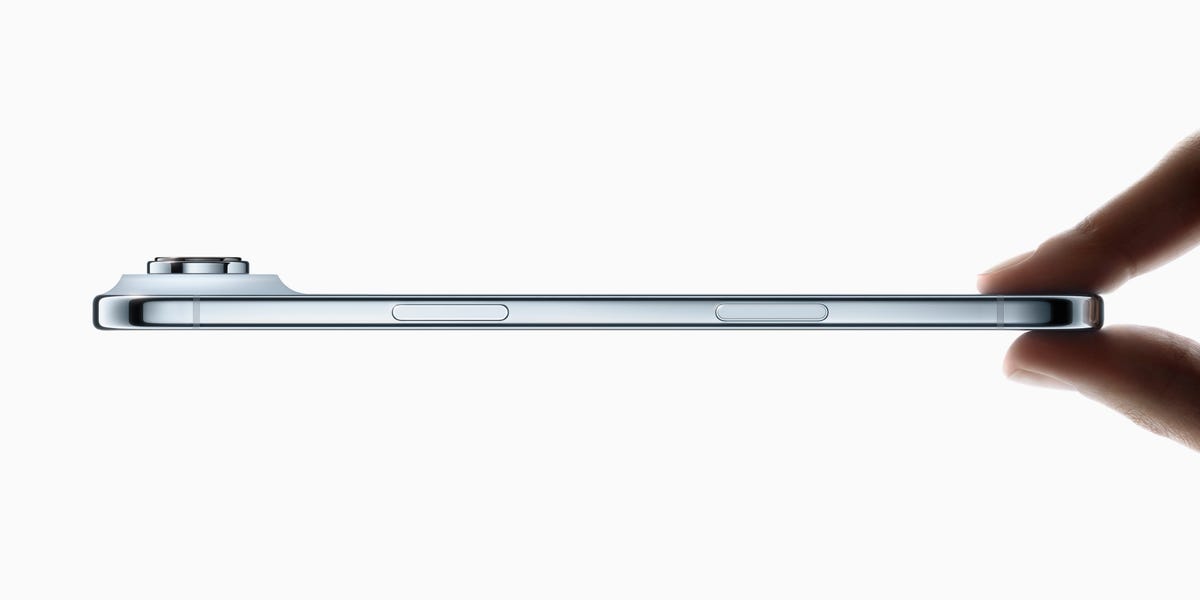iPhone Air: The Screen Size Showdown You Need to Know

To Air or Not to Air: The iPhone's Slim Dilemma
Apple's latest iPhone Air is challenging the status quo with its sleek design and compact profile. While the device boasts impressive features, potential upgraders from the iPhone 16 Pro Max might find themselves facing a notable trade-off: screen real estate.
The new iPhone Air comes equipped with a 6.5-inch display, which represents a slight downsizing compared to its predecessor's expansive screen. This reduction might give some users pause, especially those who have grown accustomed to the larger canvas of the Pro Max model.
However, the trade-off isn't necessarily a drawback. The smaller screen promises enhanced portability, lighter weight, and potentially improved one-handed usability. For users who prioritize sleekness and convenience, the iPhone Air could be a compelling choice.
As with any technological evolution, the decision ultimately comes down to personal preference and individual needs. Will you embrace the Air's streamlined design, or hold onto the familiar expansiveness of larger screens?








